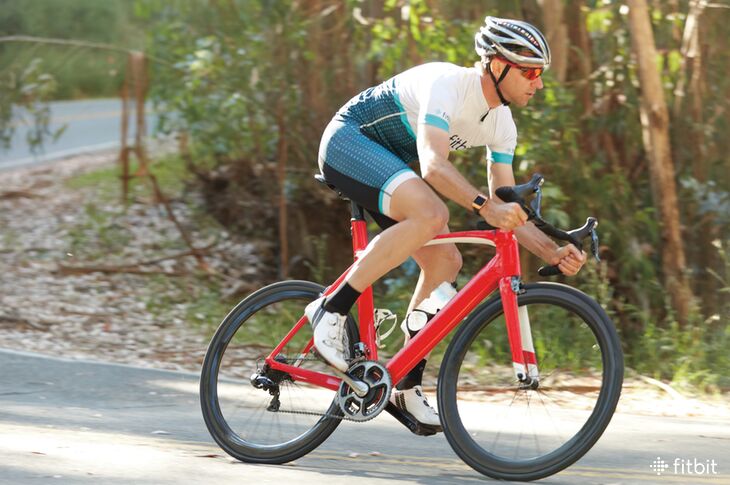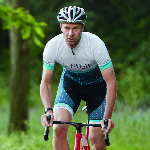
When it comes to perfecting your pedal stroke, there’s one question you have to consider: How serious are you about riding? If you hop on a bike for leisure or to log a few weekend miles with the kids, I wouldn’t spend too much time worrying about pedaling efficiency. For casual cyclists, simply biking is enough because human bodies have the ability to become more effective through practice. If you crave speed, though, you’ll need to master some special techniques. Here are a few tricks.
1. Change Your Cadence
The simplest thing you can do to train your body to work more efficiently is change your cadence. Ride a minute (longer if you can), switch to a bigger gear, and really slow your cadence. Then swap between very little resistance with a high cadence (around 120 pedal strokes per minute) and high resistance with a very slow cadence (around 50 pedal strokes per minute).
2. Train Unilaterally
It might sound strange, but riding your bike with only one leg forces your body to brush up on efficiency. And, according to recent research, it could benefit both limbs—not just the one you’re training. A study in the Journal of Applied Physiology found that unilaterally strength training the free limb reduced strength loss in the immobilized one. Think of it as two benefits for the price of one!
3. Focus On The Pull
If you’re ready to invest money, pedal cranks could be the way to go. These pedal arms won’t support the upwards movement at the end of a pedal stroke, which then forces you to consciously pull the pedals up and then back down.
4. Invest In Fixed Gear Bikes
The most successful and traditional way to train is to use fixed gear bikes. I started using them after being given this advice as a junior rider and continued because I was convinced they helped me. I was fairly strong in pushing the pedals down, but I never spent enough time on pulling them back up. A fixed gear is a brilliant tool to help you with that. For many years, I’d start training after the offseason on a fixed gear bike. I’d start with fairly small gear (something like 42-16 or 42-17) to get my pedal stroke smoother, rounder, and better balanced. It’s a brilliant tool.
Looking to train like a pro? Try a velodrome, an indoor cycling track. It’s great fun! Everybody on a velodrome is obliged to use a fixed gear bike, so you’re all equals. There are some fairly steep banks that might be a little intimidating at first, but you’ll manage! And remember, it’s a great way to get in some intense workouts without having to brave the cooler weather. By spring, you’ll surprise your friends when you look better and ride faster. If that is not a win-win situation, then I don’t know what is.
This information is for educational purposes only and is not intended as a substitute for medical diagnosis or treatment. You should not use this information to diagnose or treat a health problem or condition. Always check with your doctor before changing your diet, altering your sleep habits, taking supplements, or starting a new fitness routine.

what is meant by “pedal cranks” in the context of point 3? My understanding is that the pedal crank is the arm between the bottom bracket and the pedal that all bikes must have. I agree that it would be good practice to improve the up-stroke, so, what is the suggestion here?
What are the pedal arms/cranks referred to in point 3?
I would certainly listen to Jens about pulling up on the pedal during the upstroke phase but I have read so many articles about this particular part of cycling. The latest thing I read was how a couple pro-cyclists tested bikes that were fitted with both clipless pedals and simple platform pedals(foot isn’t attached). There testing showed that the only time was it advantageous was during a sprint when the cyclist was really pushing and pulling to the max. Hard to believe it isn’t a major part of pedaling when I watch a pro-cyclist riding up a steep grade. Wish there was more studies on this. But it is good to hear from probably the best source, a legendary cyclist like Jens Voight.
Do you mean power cranks in #3?